
1 PC Blooming White Cauliflower The Produce Guyz
The secret to growing cauliflower is to provide consistent moisture, fertile soil, and cool temperatures. Cauliflower needs at least 1 inch of water per week and well-draining soil with a pH of 6.0 to 7.0. Plant cauliflower in a location with full sun exposure, and keep the soil moist but not waterlogged.
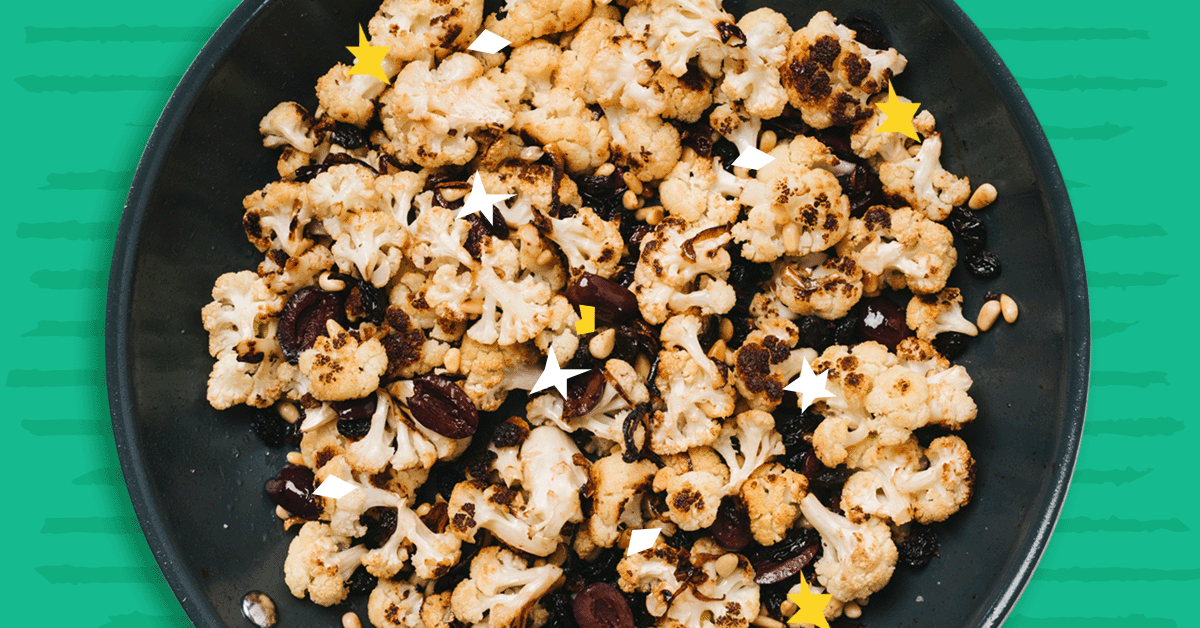
The Cauliflower Recipe So Good Even Sworn Cauliflower Haters Love it
The ideal temperature range for growing cauliflower is between 50-70°F (10-21°C). They'll thrive best in the low to mid 60's fahrenheit. They're pretty fussy, and will not do very well when it gets much below or above that range. Both low and high temperatures can cause buttoning, stalled, or stunted growth.

How To Grow Cauliflower in 2020 Growing cauliflower, Cauliflower
Join me as I share a simple and delightful recipe for making a mouthwatering Bloomin' Cauliflower. In this video, I'll guide you through each step, from prep.
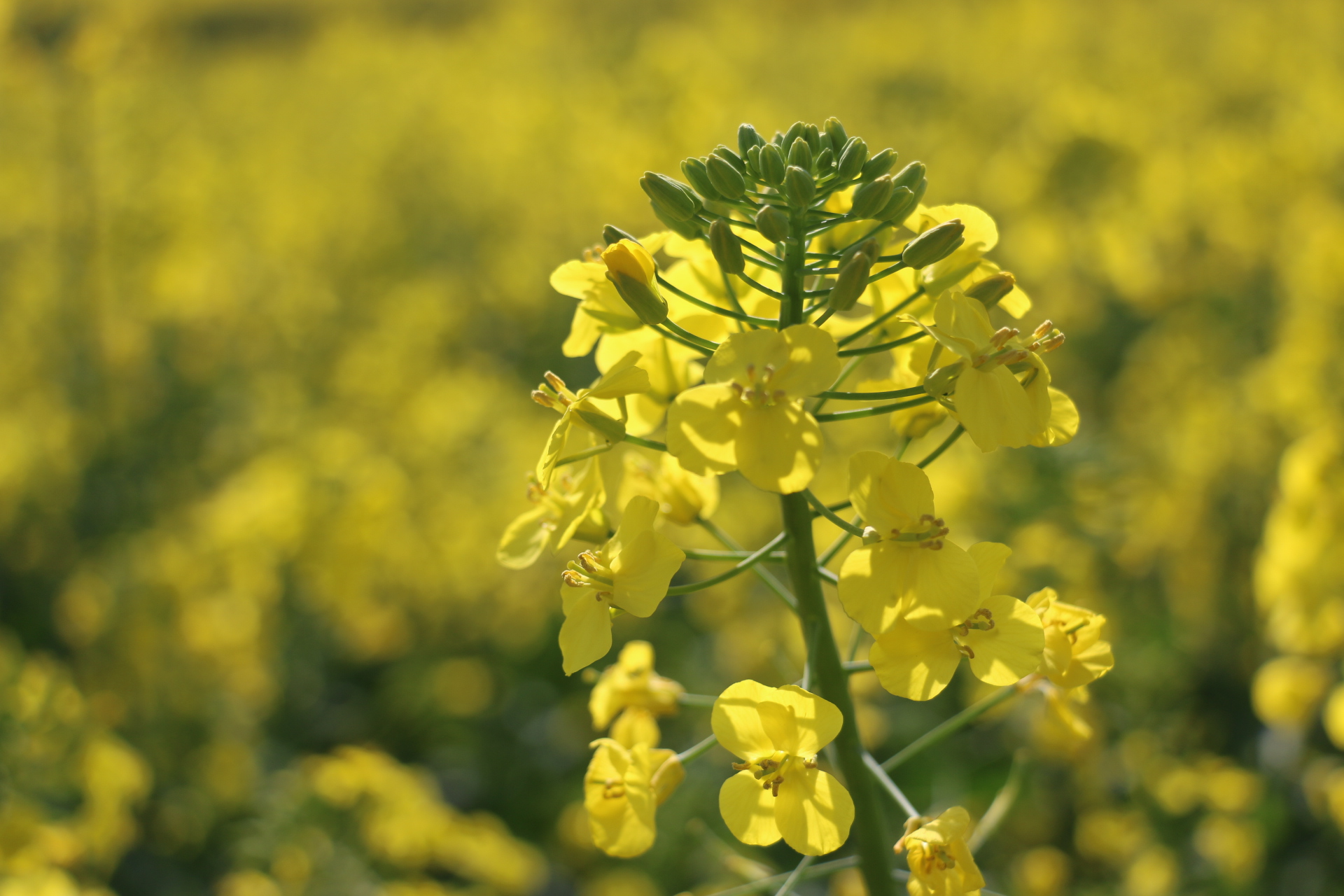
Nature Cauliflower Blooming Blossoms Wallpaper Resolution1920x1280
Instructions. Preheat oven to 450F. Prepare cauliflower by removing green outer leaves and using a paring knife to gently cut out the core. Be sure to leave enough core intact so that florets stay connected for roasting. Line a baking sheet with tinfoil and spray with non-stick cooking spray.

Cauliflower Flowers Beautiful Insanity
Fill a bowl or container with a gallon of water and two tablespoons of salt and soak the cabbage for half an hour. Rinse it under cool water and dry it with a paper towel. To store your cauliflower short-term and keep cauliflower fresh, place it in a perforated bag or open plastic bag.
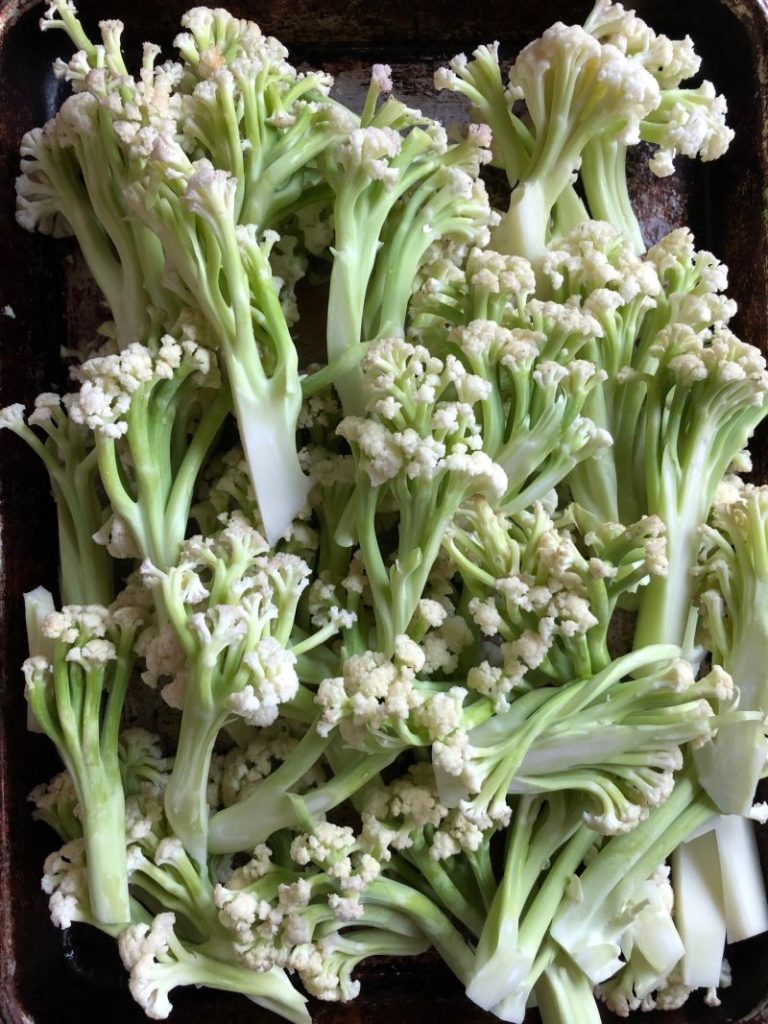
Flowering Cauliflower StirFry Recipe Viet World Kitchen
How to Grow Cauliflower: 7 Tips for Growing Cauliflower. Cauliflower is a versatile vegetable. Crunchy and mild, it works as both a supplement and a substitute for many dishes. Cauliflower loves the sun, but is a cool-weather crop, and needs specific conditions in order to thrive. Cauliflower is a versatile vegetable.

How to grow cauliflower/loose cauliflower, from seed to flower Growing
From a scientific perspective, cauliflower plants require specific conditions to initiate blooming. Cauliflower belongs to the Brassica oleracea species, which includes other vegetables like broccoli, cabbage, and kale. These plants are known as cool-weather crops, meaning they thrive in temperatures between 60°F (15°C) and 70°F (21°C.
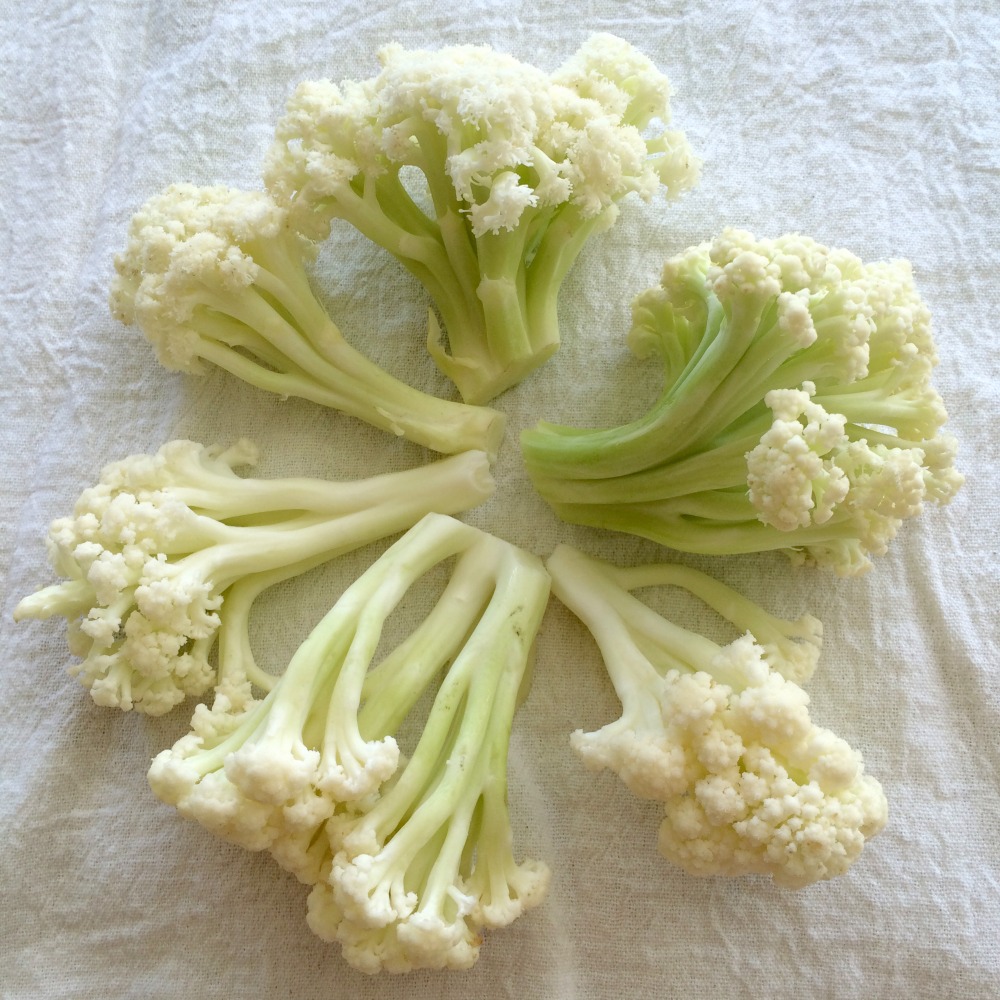
What does flowering cauliflower taste like?
Stage 3: Getting established. Roughly 4 to 6 weeks after first sowing seeds, your crop will enter the juvenile cauliflower growing stage. At this point, plants will begin growing in earnest. Unlike radishes, which can be harvested 3 to 4 weeks after planting, cauliflower is much slower to mature.
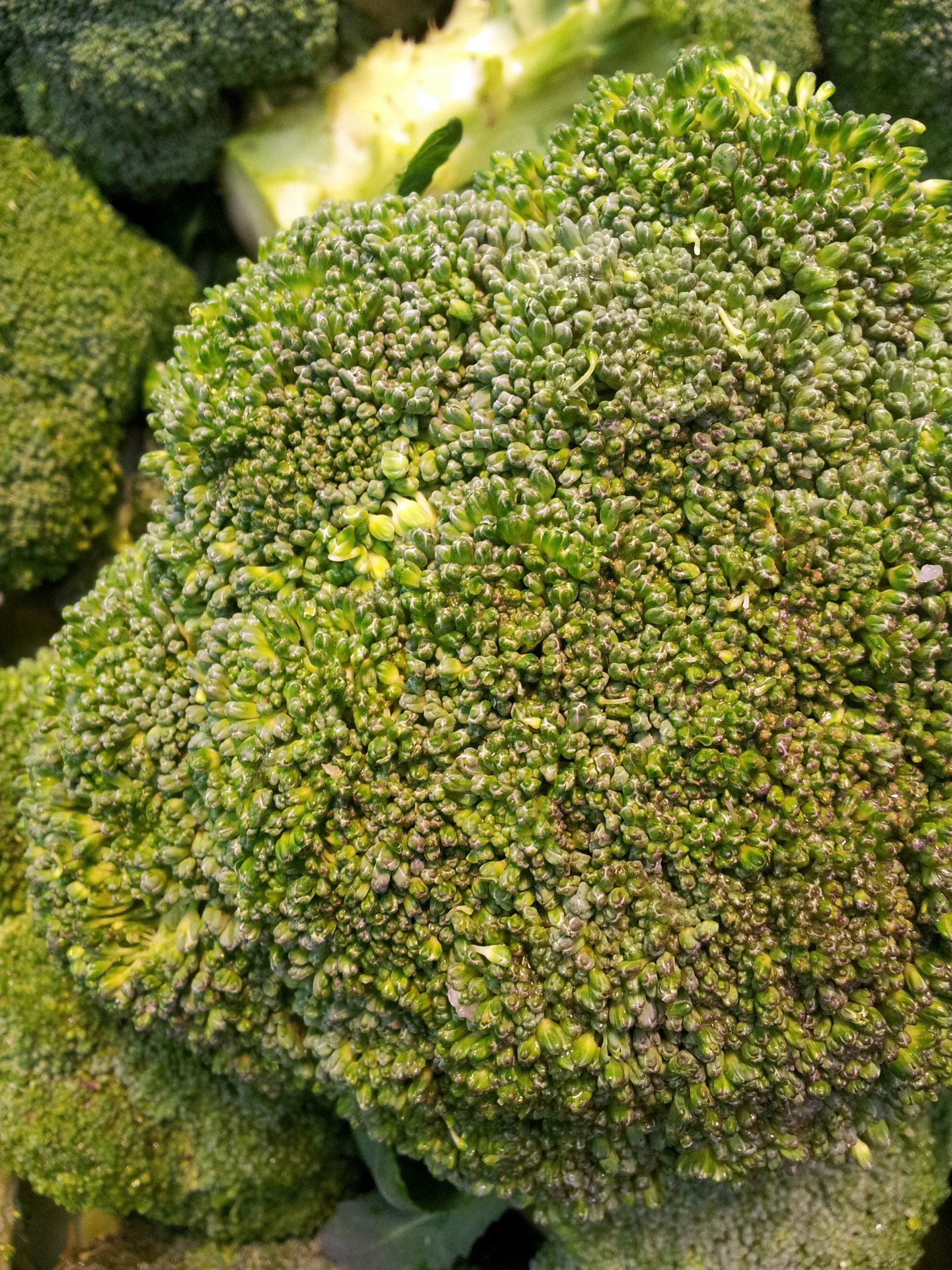
Green Cauliflower Closeup Free Stock Photo Public Domain Pictures
4. Fertilize to supplement the cauliflower's growth. If growth is slow or you suspect your soil is low quality, test your soil. If your soil is relatively low in nitrogen (N) and potassium (K), bolster these nutrients with fertilizer. Apply a fertilizer high in the missing nutrient (s) every two to three weeks.

439445 blooming, nature, cauliflower, blossoms Rare Gallery HD
Cauliflower is high in vitamins B, C, and K as well as fiber and beta carotene. Green cauliflower, known as "broccoflower" is a hybrid of cauliflower and broccoli but most resembles cauliflower. Cauliflower can be a little bit challenging for beginner gardeners because it requires consistently cool temperatures in the 60°F to grow well.

Cauliflower with flowers and seeds. YouTube
Cauliflower is particularly finicky about magnesium levels, so keep an eye on them. Side-dress with nitrogen about halfway through the growing season. Rotation. Crop rotation is crucial for avoiding pests and diseases. Cauliflower is a brassica so avoid planting where you last put plants like broccoli, kale, or cabbage. Succession sowing

Growing Cauliflower Planting & Care Tips Kellogg Garden Organics™
The mature head should be firm, compact, and white. When you're ready to harvest the cauliflower head, cut it from the main stem but leave a few of the outer leaves attached to help protect the head and prolong its overall quality until ready to eat. Be sure to handle the head carefully as it can bruise rather easily.

Cauliflower Eco Farm Naturals
Stage 3 - Seedling: What to Look Out For at the Seedling Stage. Stage 4 - Foliage Growth. Nurturing Your Cauliflower Through its Vegetative Stage. Stage 5 - Growth of the Cauliflower Head. Stage 6 - Bolting / Flowering. How to Monitor and Support Cauliflower During Flowering and Harvesting. Stage 7 - Seed Production.
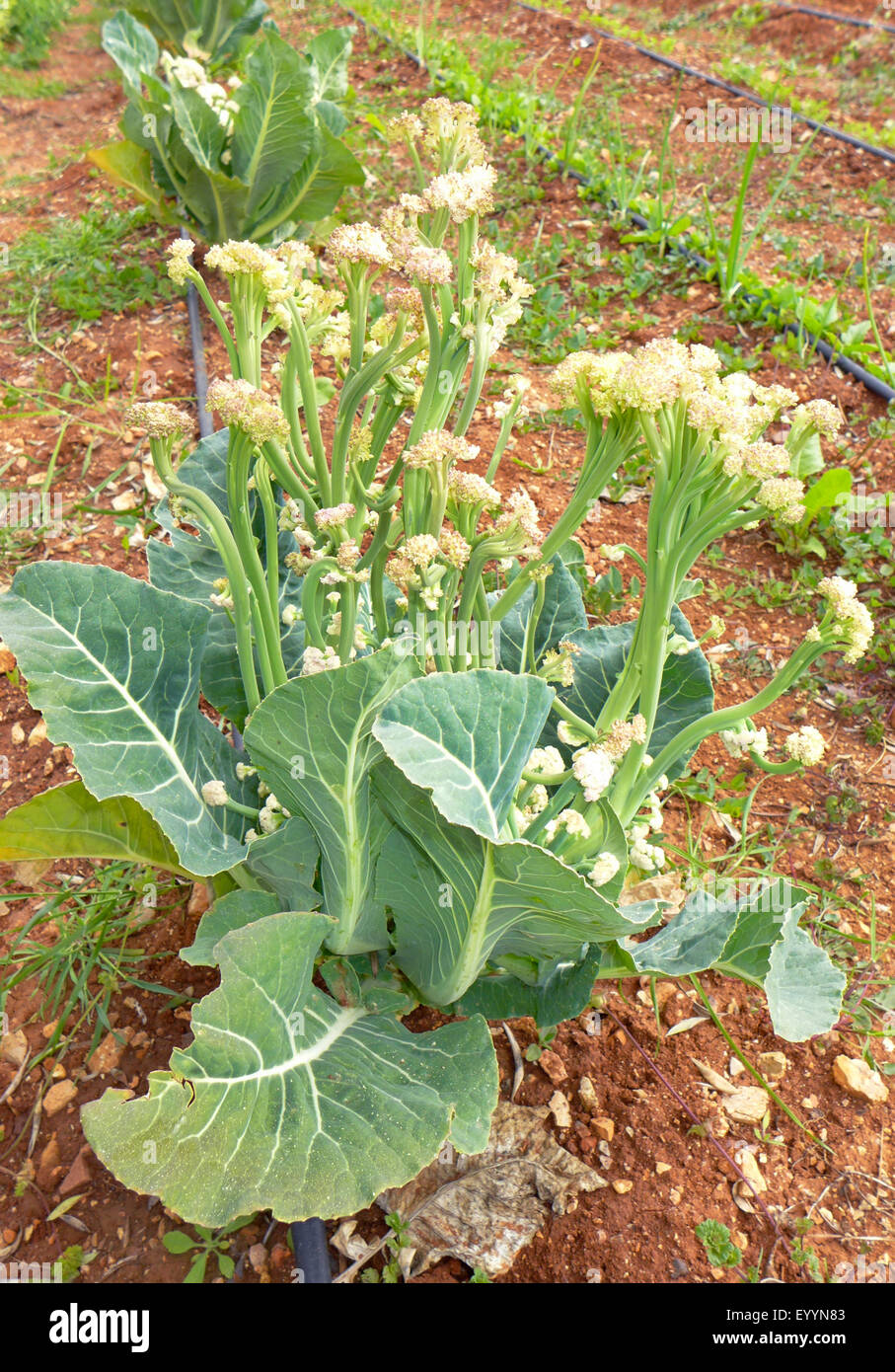
Cauliflower (Brassica oleracea var. botrytis), blooming, Spain
Cauliflower (Brassica oleracea var. botrytis) is the same species as broccoli, cabbage, Brussels sprouts and turnip, and has many similar needs for good garden performance.For the best quality cauliflower, grow it in rich, moist soil without drought stress. For those who love it, nothing is better than the richness of cauliflower in an Indian curry, a North African stew, or a creamy soup.

Cauliflower Blossom
Cut cauliflower when the heads are firm and tight and reach 4-8" (10-20 cm) in diameter and curds are still tight. Cut the stalk just below the head. In warm weather, harvest about 4 days after tying the leaves for blanching. Cauliflower grown from transplants will come to harvest in 55 to 100 days.
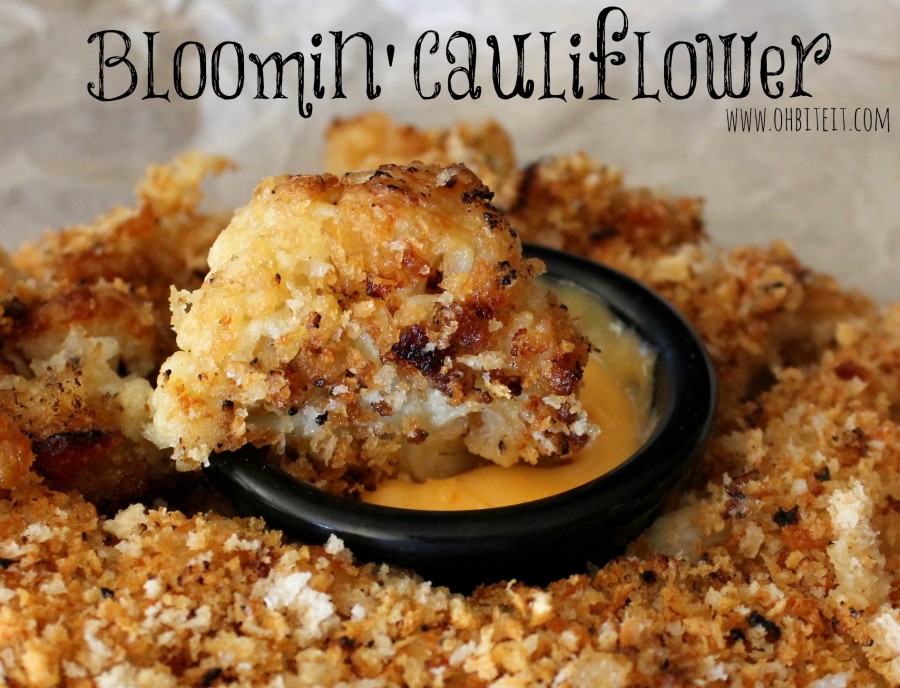
Bloomin' Cauliflower! Oh Bite It
Planting cauliflower in mid-summer for a fall harvest is the best choice for most varieties. Most cauliflower has white curds, or heads, but there are varieties that produce green, yellow, and purple heads. You'll need to blanch some varieties of white cauliflower to turn them white. You do this by covering the head from the sun for a few days.